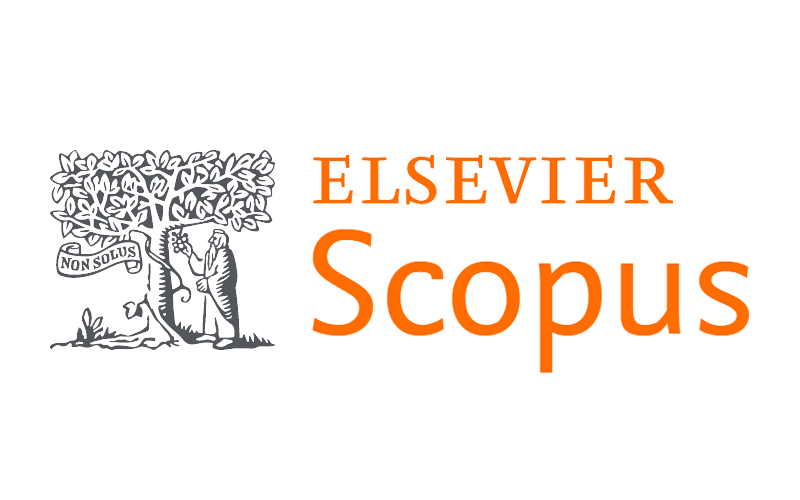THrombosis AETiology of Aviation-Related Travel: The THETA θ study
DOI:
https://doi.org/10.7196/SAMJ.2024.v114i9.2109Keywords:
flying, aviation, thrombosis, aetiologyAbstract
Background. Long-haul flights have been associated with a two- to four-fold increased risk of aviation-related thrombosis (ART). Several studies have investigated the extent to which hypoxic hypobaric exposure, dehydration and prolonged immobilisation during air travel induce changes in haemostasis.
Objective. To investigate the role of high altitude as a risk factor for ART.
Methods. Healthy volunteers aged ≥18 years (N=40), without risk factors for venous thromboembolism, were exposed to an exacerbated altitude of 18 000 feet (5 486 m) for 1 hour. During the flight, the oxygen (O2) levels of the participants, who received supplemental O2, were measured by pulse oximetry and maintained at >92%. Venous blood and urine samples were collected prior to departure and immediately after flying in an unpressurised twin-engine airplane. D-dimer levels, thromboelastography (TEG) parameters, von Willebrand factor (VWF) activity and urine osmolality were measured.
Results. The participants were 19 men and 21 women, with a mean (standard deviation) age of 46 (14) years. A significant difference in D-dimer levels, VWF activity, urine osmolality and TEG parameters (reaction (R) time, kinetic (K) time and maximum amplitude (MA)) before and after the 1-hour flight was observed (p<0.001). Urine osmolality correlated positively with VWF activity levels (r=0.469; p<0.002).
Conclusion. Air travel at high altitude induced a hypercoagulable state in healthy volunteers. Future research should focus on whether thromboprophylaxis can significantly obviate the activation of coagulation in response to high altitude.
References
Homans J. Thrombosis of the deep leg veins due to prolonged sitting. N Engl J Med 1954;250(4):148-149.
https://doi.org/10.1056/NEJM195401282500404
Symington IS, Stack BH. Pulmonary thromboembolism after travel. Br J Dis Chest 1977;71(2):138-140.
https://doi.org/10.1016/0007-0971(77)90097-3
Chandra D, Parisini E, Mozaffarian D. Meta-analysis: Travel and risk for venous thromboembolism. Ann Intern Med 2009;151(3):180-190. https://doi.org/10.7326/0003-4819-151-3-200908040-00129
Tsoran I, Saharov G, Brenner B, et al Prolonged travel and venous thromboembolism findings from
the RIETE registry. Thromb Res 2010;126(4):287-291. https://doi.org/10.1016/j.thromres.2010.06.015 5. Boccalon H, Boneu B, Emmerich J, Thalamas C, Ruidavets JB. Long-haul flights do not activate hemostasis in young healthy men. J Thromb Haemost 2005;3(7):1539-1541. https://doi.org/10.1111/
j.1538-7836.2005.01469.x
Simpson K. Shelter deaths from pulmonary embolism. Lancet 1940;236:744. https://doi.org/10.1016/
S0140-6736(00)92078-6
Jacobson BF, Münster M, Smith A, et al The BEST study – a prospective study to compare business class versus economy class air travel as a cause of thrombosis. S Afr Med J 2003;93(7):522-528.
Arya R, Barnes JA, Hossain U, Patel RK, Cohen AT. Long-haul flights and deep vein thrombosis: A significant risk only when additional factors are also present. Br J Haematol 2002;116(3):653-654. https://doi.org/10.1046/j.0007-1048.2001.03330.x
Hughes RJ, Hopkins RJ, Hill S, et al Frequency of venous thromboembolism in low to moderate risk long distance air travellers: The New Zealand Air Traveller’s Thrombosis (NZATT) study. Lancet 2003;362(9401):2039-2044. https://doi.org/10.1016/s0140-6736(03)15097-0
Schreijer AJ, Cannegieter SC, Meijers JC, Middeldorp S, Büller HR, Rosendaal FR. Activation of coagulation system during air travel: A crossover study. Lancet 2006;367(9513):832-838. https://doi. org/10.1016/S0140-6736(06)68339-6
Belcaro G, Geroulakos G, Nicolaides AN, Myers KA, Winford M. Venous thromboembolism from air travel: The LONFLIT study. Angiology 2001;52(6):369-374. https://doi.org/10.1177/000331970105200601 12. Nair V, Singh S, Ashraf MZ, et al Epidemiology and pathophysiology of vascular thrombosis in acclimatised lowlanders at high altitude: A prospective longitudinal study. Lancet Reg Health
Southeast Asia 2022;3:100016. https://doi.org/10.1016/j.lansea.2022.05.005
Toff WD, Jones CI, Ford I, et al Effect of hypobaric hypoxia, simulating conditions during long-
haul air travel, on coagulation, fibrinolysis, platelet function, and endothelial activation. JAMA
;295(19):2251-2261. https://doi.org/10.1001/jama.295.19.2251
Schobersberger W, Schobersberger B, Mittermayr M, Fries D, Streif W. Air travel, hypobaric hypoxia,
and prothrombotic changes. JAMA 2006;296(19):2313-2314; author reply 2314-2315. https://doi.
org/10.1001/jama.296.19.2313-b
Airports Company South Africa. News, February 2024. https://www.airports.co.za/news (accessed
March 2024).
Ninivaggi M, de Laat M, Lancé MM, et al Hypoxia induces a prothrombotic state independently of
the physical activity. PLoS ONE 2015;10(10):e0141797. https://doi.org/10.1371/journal.pone.0141797 17. Martin DS, Pate JS, Vercueil A, Doyle PW, Mythen MG, Grocott MP; Caudwell Xtreme Everest Research Group. Reduced coagulation at high altitude identified by thromboelastography. Thromb
Haemost 2012;107(6):1066-1071. https://doi.org/10.1160/TH12-01-0004
Kelman CW, Kortt MA, Becker NG, et al Deep vein thrombosis and air travel: Record linkage study.
BMJ 2003;327(7423):1072. https://doi.org/10.1136/bmj.327.7423.1072
Jacobson BF, Philippides M, Malherbe M, Becker P. Risk factors for deep vein thrombosis in short-haul
cockpit crews: A prospective study. Aviat Space Environ Med 2002;73(5):481-484.
Schreijer AJ, Cannegieter SC, Caramella M, et al Fluid loss does not explain coagulation activation
during air travel. Thromb Haemost 2008;99(6):1053-1059. https://doi.org/10.1160/TH07-11-0681
Downloads
Published
Issue
Section
License
Copyright (c) 2024 B F Jacobson, S Louw, E Schapkaitz, F Laher

This work is licensed under a Creative Commons Attribution-NonCommercial 4.0 International License.
Licensing Information
The SAMJ is published under an Attribution-Non Commercial International Creative Commons Attribution (CC-BY-NC 4.0) License. Under this license, authors agree to make articles available to users, without permission or fees, for any lawful, non-commercial purpose. Users may read, copy, or re-use published content as long as the author and original place of publication are properly cited.
Exceptions to this license model is allowed for UKRI and research funded by organisations requiring that research be published open-access without embargo, under a CC-BY licence. As per the journals archiving policy, authors are permitted to self-archive the author-accepted manuscript (AAM) in a repository.
Publishing Rights
Authors grant the Publisher the exclusive right to publish, display, reproduce and/or distribute the Work in print and electronic format and in any medium known or hereafter developed, including for commercial use. The Author also agrees that the Publisher may retain in print or electronic format more than one copy of the Work for the purpose of preservation, security and back-up.





